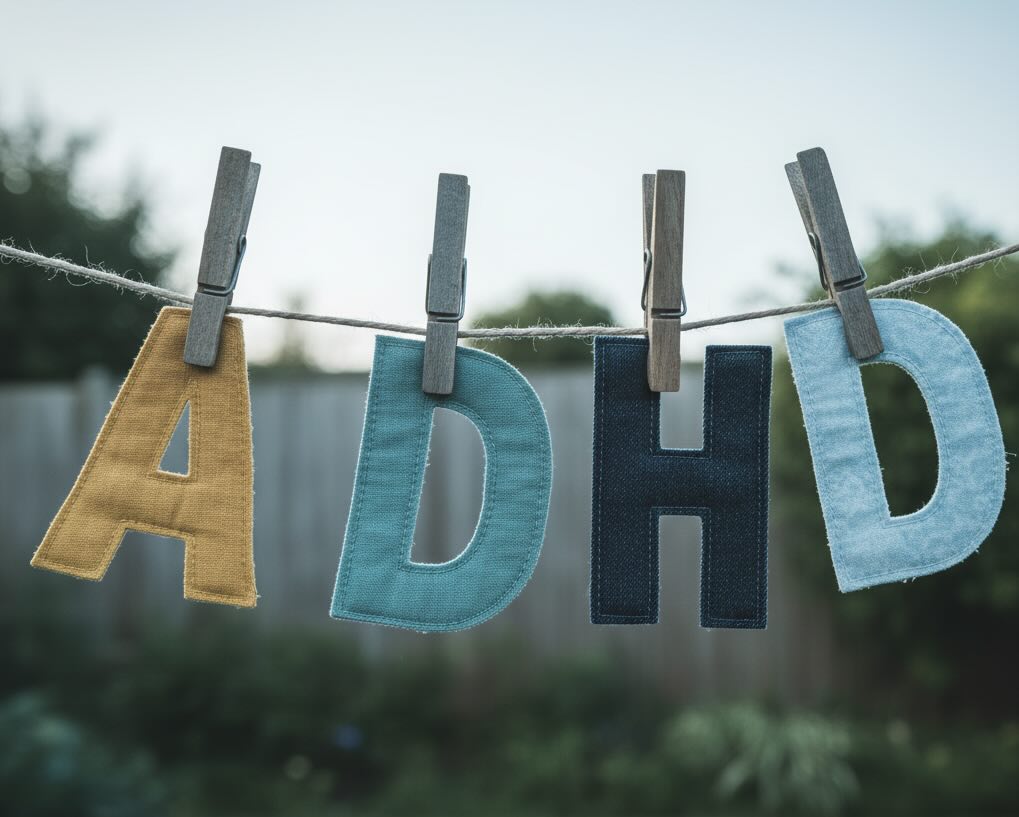What is Bulimia Nervosa?
Bulimia Nervosa is an eating disorder where repeated episodes of binge eating (eating much more than intended while feeling out of control) are followed by behaviours aimed at preventing weight gain, such as self-induced vomiting, misuse of laxatives or diuretics, fasting, or driven exercise. Unlike anorexia nervosa, people with bulimia are often within or above the typical weight range for their body, so the illness can be harder for others to spot. Bulimia affects thoughts, emotions, and physical health. Without support, it can lead to serious medical complications (particularly heart rhythm changes and electrolyte problems), but recovery is possible, especially with early, team-based care.
Bulimia Nervosa Symptoms
Core symptoms
People experience bulimia in different ways, but common core features include:
- Repeated episodes of eating unusually large amounts of food in a short period, with a sense of losing control over eating
- Compensatory behaviours to try to “cancel out” the binge, such as vomiting, laxatives/diuretics, fasting, or driven exercise
- Eating and weight/shape concerns that strongly influence self-esteem (“how I look or what I eat determines my worth”)
- Binge–purge cycles that typically happen at least weekly over several months
- Frequent attempts at strict dieting or food rules between binges, which often rebound into further binges
- Common co-occurring problems: depression, anxiety, substance use, self-harm or suicidality, and other impulse-control difficulties.
Physical symptoms
Because weight can appear “normal”, physical signs are sometimes missed. Possible symptoms include:
- Sore throat, swollen glands, hoarseness
- Tooth enamel erosion, increased dental decay, mouth ulcers from stomach acid
- Heartburn, reflux, bloating, abdominal pain, constipation or diarrhoea
- Irregular periods or menstrual changes
- Feeling dizzy or faint; fast or irregular heartbeat
- Swollen hands/feet or face (fluid shifts), especially around the jawline or cheeks
- Calluses or redness on the back of the hand (from self-induced vomiting)
- Tiredness, muscle cramps, or weakness, often linked to low electrolytes (like potassium)
How it may feel day-to-day
- Eating feels chaotic: periods of restriction, then secret binges
- Planning life around food, purging, or exercise; frequent bathroom trips after meals
- Intense shame or self-disgust after eating; “I’ve ruined everything, so I might as well keep going”
- Hiding food, eating in secret, or feeling panicked if someone might notice your eating or bathroom habits
- Constant body-checking (mirror, clothes, scales), or avoiding mirrors altogether
- Mood swings, irritability, anxiety, or numbing; difficulty concentrating or sleeping
When to seek help
Consider urgent medical or emergency care if you notice:
- Fainting, chest pain, shortness of breath, or heart palpitations
- Confusion, severe weakness, or inability to keep fluids down
- Vomiting blood, passing black or bloody stools, or severe stomach pain
- Thoughts of self-harm or suicide, or feeling that you are at immediate risk
Seek prompt professional support if:
- Binges and compensatory behaviours are happening regularly (e.g., at least weekly)
- You feel unable to stop the binge–purge cycle despite wanting to
- Friends, family, or colleagues express concern about your eating, mood, or bathroom use
- Your life feels increasingly organised around food, weight, and secrecy
How Do You Assess for Bulimia Nervosa?
Short screening tools (like SCOFF, EDE-Q, or brief eating-disorder questionnaires) can flag risk for bulimia, but they are only one part of the assessment. A comprehensive picture usually involves several steps:
- Start with a broad multi-condition mental health assessment: Multi-condition tools, like Loffty, are a useful first step to explore possible eating disorders alongside conditions that often co-occur with bulimia—such as depression, anxiety, substance use, ADHD, personality difficulties or trauma-related disorders.
- Share the results with a qualified clinician: A GP, psychiatrist, clinical psychologist, or specialist eating-disorder dietitian can explore:
- Whether your symptoms fit bulimia nervosa, binge-eating disorder, anorexia nervosa (binge–purge subtype), or another condition
- Medical risks such as electrolyte imbalance, dehydration, or gastrointestinal injury
- Other psychiatric conditions that may influence treatment (e.g., bipolar disorder, OCD, borderline personality disorder).
- Medical assessment and lab tests: Your clinician may arrange:
- Physical examination, weight and vital signs
- Blood tests (especially electrolytes), kidney and liver function, thyroid function
- ECG to check heart rhythm, particularly if there has been vomiting, laxative use, or very low intake.
- Getting a formal diagnosis: In some countries, a diagnosis can be made by a GP, mental health nurse, or psychologist; in others, you may need a psychiatrist for a formal diagnosis and prescribing. Follow your local care pathway and referral options.
What to bring to an appointment
It can help to arrive prepared with:
- A brief diary of binges, purging behaviours, restrictions, and exercise patterns
- Notes on mood, sleep, and substance use (including alcohol or recreational drugs)
- List of all medications and supplements
- Any relevant medical history (e.g., dental work, GI issues, fainting episodes)
- Questions about treatment options, intensity of care, costs, and how family or supporters can be involved.
How Do You Treat Bulimia Nervosa?
Treatment is usually provided as an outpatient and combines psychological therapy, nutritional support, and medical monitoring. Some people benefit from more structured day programmes or brief inpatient stays if the risk is higher.
Lifestyle and self-care foundations
These changes are not a “cure”, but they support recovery:
- Regular eating pattern – moving toward planned, regular meals and snacks (e.g., three meals plus 2–3 snacks) to reduce cycles of restriction and bingeing
- Hydration and electrolyte safety – focusing on fluid intake; avoiding unsupervised diuretics or laxatives
- Movement in balance – shifting from punishment-based exercise to gentle, supportive activity as advised by your care team
- Sleep & routine – consistent sleep and daily structure can reduce impulsivity and binge risk
- Social connection – identifying a “treatment ally” (family member, partner, or friend) for practical and emotional support
- Self-monitoring tools – using food/mood records, urge tracking, and crisis plans (e.g., who to call if you feel unsafe).
Talk Therapy
Psychological therapy is central to bulimia treatment. Evidence-based approaches include:
- Enhanced Cognitive Behavioural Therapy (CBT-E / CBT-ED): CBT-E is widely recommended as a first-line treatment for adults with bulimia, and adapted versions exist for adolescents. A structured, time-limited therapy focusing on:
- Normalising eating patterns
- Tackling over-evaluation of weight/shape
- Reducing binge and purge behaviours
- Developing relapse-prevention skills
- Guided self-help CBT: For some people with less severe or shorter-duration symptoms, therapist-supported self-help based on CBT principles (often using a workbook or digital programme) can be effective and more accessible.
- Family-based or family-focused therapies (especially for young people): For adolescents, treatments that involve parents or caregivers in supporting regular eating and interrupting binge–purge cycles can be helpful.
- Interpersonal Psychotherapy (IPT): Focuses on how relationship patterns, grief, role transitions and conflicts relate to eating behaviours and mood.
- Other therapies and skills: Approaches such as Dialectical Behaviour Therapy (DBT) skills for emotion regulation, trauma-focused therapies where indicated, and schema-focused work may be used alongside core treatments.
Medication
Medication does not “cure” bulimia, but can reduce symptoms or treat co-occurring conditions:
- SSRIs (Selective Serotonin Reuptake Inhibitors): Fluoxetine (often at higher doses than for depression) is the best-studied medication for bulimia and can reduce binge–purge frequency in some people.
- Other SSRIs or antidepressants may be considered, particularly where depression, anxiety, or OCD are significant.
- Medication is usually combined with psychological treatment, not used alone.
Prescribing practices, approved indications and brand names differ by country, and medications carry risks (including for heart rhythm and electrolytes). Any decision to start, change, or stop medication should be made with a qualified prescriber who can monitor you medically and coordinate care with your therapy team.
Other treatments and levels of care
- Outpatient care: the most common setting; regular therapy, medical monitoring, and dietetic support
- Intensive outpatient/day programmes: more frequent support (often several days per week) with groups, supervised meals, and skills training
- Inpatient or residential care: considered when there is a high medical or psychiatric risk, or when outpatient treatment has not been sufficient
- Group programmes and peer support: skills groups, psychoeducation, carer support, and peer-led communities can offer understanding and reduce isolation
Bulimia Nervosa Research
State of the evidence: Research suggests that bulimia nervosa arises from a combination of genetic vulnerability, personality traits (such as perfectionism or impulsivity), trauma or stressful life events, sociocultural pressures about weight, and dieting behaviours. No single factor explains why one person develops bulimia and another does not.
Treatment evidence:
- Psychological treatments, especially CBT-E and related CBT-based approaches, have the strongest evidence base in adults, with IPT and family-based treatments also showing benefit.
- Fluoxetine and some other antidepressants can reduce binge–purge symptoms for some people, but are best seen as adjuncts to therapy rather than stand-alone solutions.
- For adolescents, emerging research supports family-focused and CBT-based therapies, but overall study numbers are still relatively small, and more high-quality trials are needed.
Methodological caveats: Many studies have small samples, focus mainly on white, female participants, and vary in treatment dose and follow-up length, which limits how confidently we can generalise the findings. Researchers are working on more inclusive, longitudinal, and mechanism-focused studies to better personalise treatment.
Books and Resources About Bulimia Nervosa
- Cognitive Behaviour Therapy and Eating Disorders – Christopher G. Fairburn (2008). A key practitioner text that outlines CBT-E, a leading evidence-based treatment approach for bulimia and other eating disorders.
- Overcoming Binge Eating (Second Edition) – Christopher G. Fairburn (2013). A widely used self-help book (often also used with therapist support) based on the same CBT-E model, with practical steps for understanding and changing binge-eating patterns.




